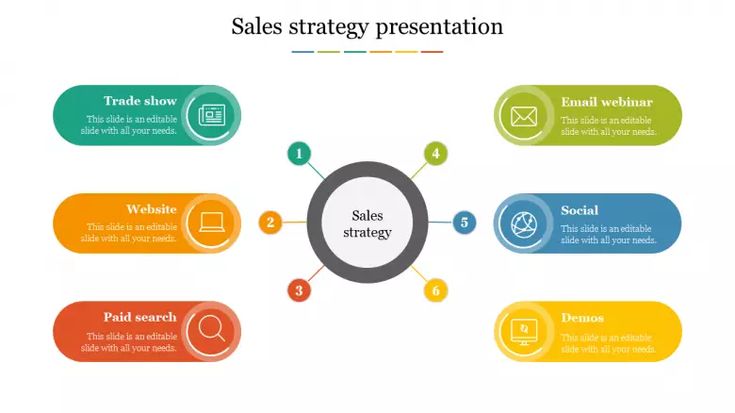What is Sales Pitching?
Sales pitching typically starts with a product or service and the associated solution. Salespeople know that the biggest mistake they can make is overselling, so they cap their conversations by introducing themselves as simple acquaintances instead of sales professionals. Sales pitches are important for two reasons: first, it presents the relationship to the prospect; second, it lays out facts that lead to an inevitable conclusion – like one’s own need for your product or service.
Sales pitching always has three parts:
1) The Problem
2) The Solution
3) Call to Action (CTA)
Without these three components, selling things becomes much more difficult and much less effective. Let’s take a look at each of them.
1. The Problem
You can’t sell your prospect on an idea or product without first addressing the problems they are facing, so you must know your buyers and their issues inside out. Sales professionals call this “knowing the customer better than they know themselves.” To begin to understand the problem at hand, start by asking questions that reveal pain points or challenges that might arise with maintaining current business practices. Sales professional Dan Tyre of Salesforce Marketing Cloud Inc. suggests a simple question: “Why is [this] important?” By reiterating back what you have heard in different terms, you show genuine interest in understanding where there might be a breakdown in current processes or procedures – in other words, where there is a problem. Sales professionals know that demonstrating interest and empathy for your prospect’s situation establishes trust and builds rapport, which can help move you toward closing the sale.
2. The Solution
The solution typically follows after the buyer has begun to recognize and articulate the specific pain points or challenges of their current business practices. Digital Marketing and sales professionals understand that prospects aren’t usually aware of what needs to be done until they see it in words, so offering up solutions based on what you have already heard from them can be effective. When developing solutions, keep in mind that problems are multifaceted, with many variables involved in solving one issue – not every solution will work for everyone, but finding a few options is always better than not offering any at all. Sales professionals know that the best solution creates unique value for each prospect, so make sure it is relevant to their specific situation.

3. The Call-to-Action (CTA)
A call-to-action should be directed to your buyer and provide instructions on what they need to do next in order for you to potentially move forward together toward a mutual end goal of closing the sale. Sales professionals know that CTA’s should always be part of every pitch, because if you don’t ask, you won’t receive – simple as that! Sales professionals think carefully about how they phrase this element because too much specificity might come across aggressive or pushy rather than confident. Sales professionals know that the CTA gives the prospect a choice, so they will usually offer two or three different options if possible for them to pick from. Sales professionals also know that CTAs are most effective when they don’t include words like “I” or “we,” which might make it seem like you are pursuing your own agenda rather than collaborating with your prospect on their mutual end goal of closing the sale.
If you want to be a successful marketer, or even increase your business’s sales, you need to use whatever means available to sell the product and make the sale. Sales pitches don’t necessarily have to contain words; they can involve images and videos as well. Sales pitches, however, do always involve some kind of emotional appeal. That’s because people don’t buy things that aren’t useful or practical; they buy what they think will make them happier.
You don’t necessarily need a lot of money in order to create an effective sales pitch. In fact, one way you can improve your presentation is by cutting costs – by figuring out how you can achieve the same results more cheaply. For example: there’s no reason to hire a skywriting plane when you could simply change the wording on your website.
One of the features of an effective sales pitch is simplicity. Many people make the mistake of assuming their target market is stupid, but that only turns off intelligent people. Sales pitches are much more convincing when they’re easy enough for anyone to understand, because then it seems like the person making them cares about everyone who might be interested in buying the product.
If you have multiple people working for an organization, use small group interactions in order to maximize sales potential. For example, you could have each member of your team ask one or two specific questions at public events so that members of your target market feel personally engaged with what you have to say. Sales pitches that use this approach will produce greater results than sales pitches where you stand in front of a large crowd and try to convince everyone at once.
One final element to keep in mind is the importance of staying organized. Sales can suffer when your presentation isn’t fully developed yet, so before you send out any sales materials, make sure everything has been proofread and double-checked for mistakes. By carefully managing your time and resources, even the smallest companies can create impressive sales presentations.


